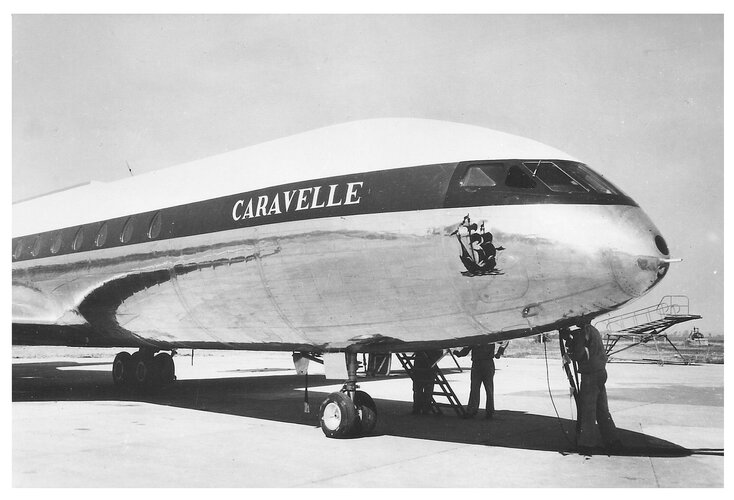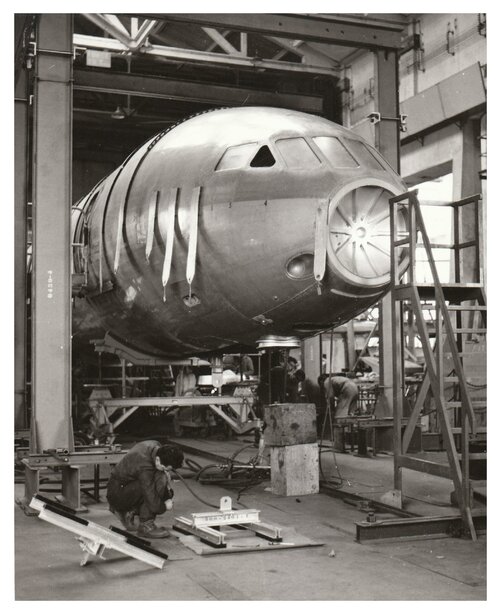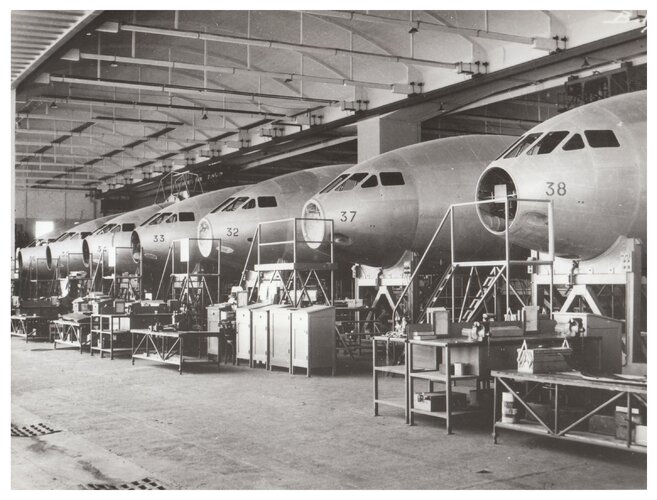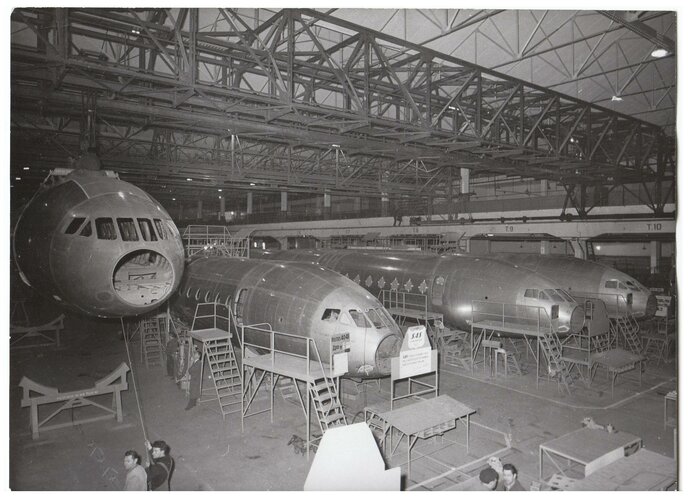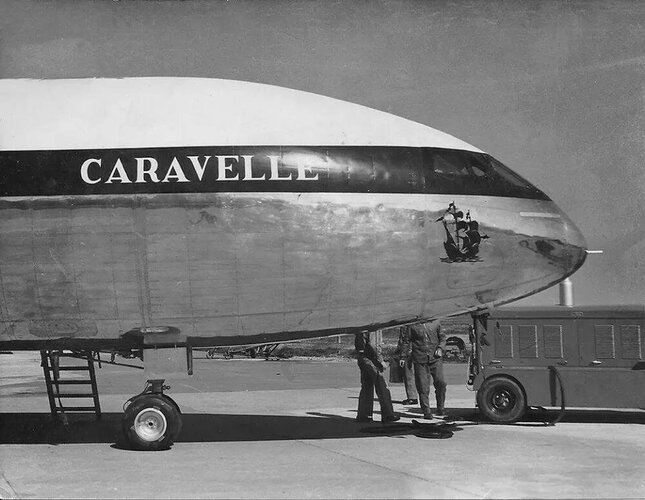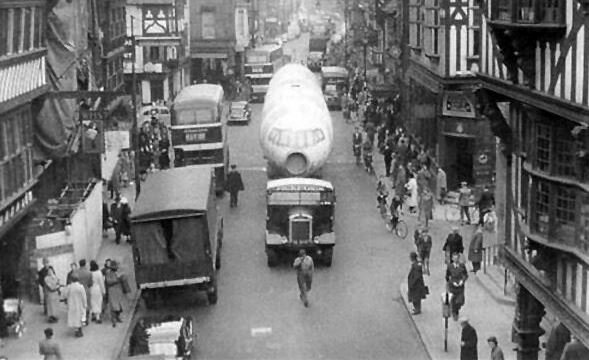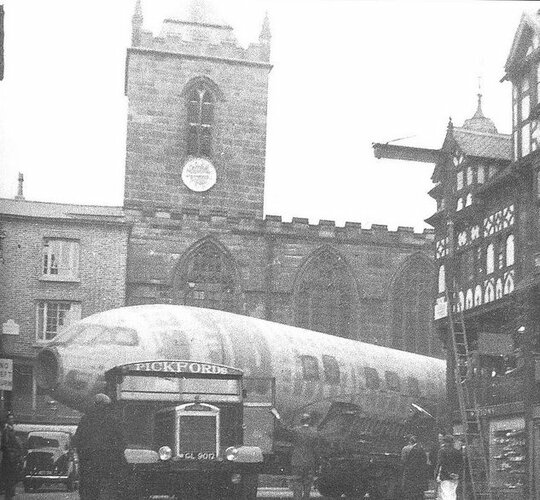- Joined
- 27 September 2006
- Messages
- 5,744
- Reaction score
- 5,618
No, not a supersonic transport but an Anglo-French programme that might have changed the face of Europe's civil aviation industry nearly twenty years before the Airbus 300.
If you have noticed the similarity between the front of a DeHaviland Comet and a Sud Aviation Caravelle you will not be surprised to learn that Sud licence built the design from De Haviland.
The real world history of the two planes is told in the link above. But in an alternate world the two companies might have got together with a family of long and short range airliners.
The Caravelle was more fortunate in its career than the Comet. But the Comet 4 might have been possible much earlier with two companies and their governments working together.
A 1950s "Concorde" programme might have beaten Boeing and Douglas with a range of designs that could have been in service before the 707/DC8 and the 727/DC9.
Instead of the Comet 4 a DH/SA long range jet could have been in service by 1957.
Caravelle could have become a DH/SA family of jets meeting the same requirements as the BAC111 and DH121.
As Britain and France glower at each other across the Channel I thought a bit of wishful thinking might cheer us up. Probably as unlikely as a film starring Dirk Bogarde and Brigitte Bardot but just as fun.
If you have noticed the similarity between the front of a DeHaviland Comet and a Sud Aviation Caravelle you will not be surprised to learn that Sud licence built the design from De Haviland.
The real world history of the two planes is told in the link above. But in an alternate world the two companies might have got together with a family of long and short range airliners.
The Caravelle was more fortunate in its career than the Comet. But the Comet 4 might have been possible much earlier with two companies and their governments working together.
A 1950s "Concorde" programme might have beaten Boeing and Douglas with a range of designs that could have been in service before the 707/DC8 and the 727/DC9.
Instead of the Comet 4 a DH/SA long range jet could have been in service by 1957.
Caravelle could have become a DH/SA family of jets meeting the same requirements as the BAC111 and DH121.
As Britain and France glower at each other across the Channel I thought a bit of wishful thinking might cheer us up. Probably as unlikely as a film starring Dirk Bogarde and Brigitte Bardot but just as fun.

